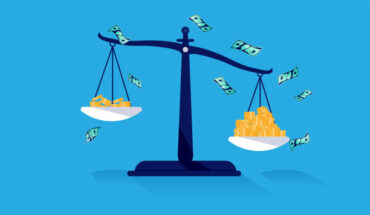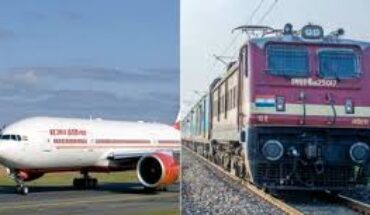he World Bank pared its 2022 growth projections for South Asian economies to 6.6 percent earlier this week, from an estimate of 7.6 percent released in January, emphasising that post-pandemic growth was already uneven and fragile before the Russia-Ukraine conflict triggered fresh challenges. The ripple effect of high oil and food prices that prevailed even before the war and were exacerbated since February 24, are key factors worrying the Bank as people’s real incomes take a hit. India’s GDP, the Bank reckons, may now grow by 8 percent in 2022-23, not 8.7 percent as it had earlier forecast, before dropping further to 7.1 percent in 2023-24. The Bank’s chief economist has said that their overall assessment is that GDP growth could actually be 1.3 percentage points lower, or 7.4 percent, but they refrained from making an adjustment of that magnitude in their headline projection due to some positive surprises in recent data such as strong digital services exports. The tepid post-COVID recovery in India’s household consumption will be further hemmed in by high inflation and the incomplete labour market revival. Monetary and fiscal policy mandarins need to address inflation more aggressively, lest it derails the recovery. There is a need to rethink growth engines as well — the pursuit of free trade agreements indicates a fresh stance. The shunning of RCEP needs a revisit, as advised by key ally Japan — lest rivals like Vietnam dent India’s future exports in job-intensive sectors such as textiles. The farm sector, that has so far been resilient through the pandemic’s worst phases and could now gain due to high global food prices, needs careful handling too. While the normal monsoon forecast bodes well for the kharif crop and hopefully, rural demand, the cost of inputs — be it fertilizers or chicken feed — is rising sharply for farmers too.





